Home>Gardening & Outdoor>Plant Care & Gardening Tips>When To Plant Northeastern Wildflower Mix
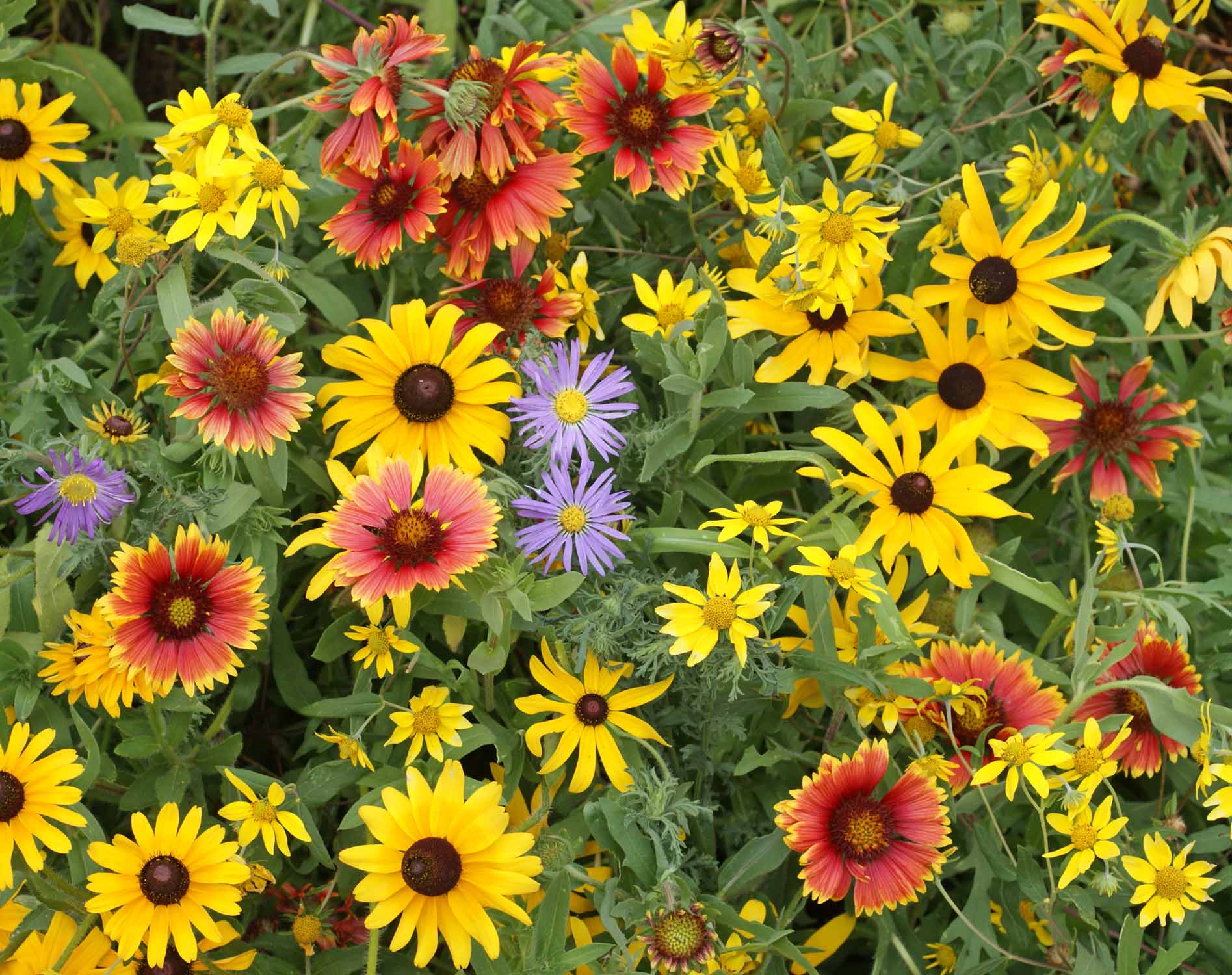

Plant Care & Gardening Tips
When To Plant Northeastern Wildflower Mix
Modified: January 9, 2024
Discover the best time to plant your Northeastern wildflower mix with our expert plant care and gardening tips. Ensure a successful and vibrant garden with our guidance.
(Many of the links in this article redirect to a specific reviewed product. Your purchase of these products through affiliate links helps to generate commission for Storables.com, at no extra cost. Learn more)
Introduction
Welcome to the enchanting world of Northeastern wildflowers, where nature's vibrant hues and delicate blooms converge to create breathtaking tapestries of color. Northeastern wildflower mixes are a celebration of the region's natural beauty, offering a diverse array of native species that thrive in the unique climate and soil conditions of the Northeastern United States.
As a gardening enthusiast, you may be drawn to the allure of these native wildflowers, each possessing its own captivating charm and ecological significance. Whether you're an avid gardener seeking to enhance your landscape or a nature enthusiast eager to support local biodiversity, Northeastern wildflower mixes hold a timeless appeal.
In this comprehensive guide, we will delve into the captivating realm of Northeastern wildflower mixes, exploring the optimal timing for planting, essential factors to consider, and expert tips for nurturing these exquisite blooms. Embark on this horticultural journey with us as we uncover the secrets to cultivating a flourishing tapestry of Northeastern wildflowers in your own backyard.
Key Takeaways:
- Embrace the beauty of Northeastern wildflowers by planting them in late summer or early fall to support local biodiversity and create a vibrant, low-maintenance garden that thrives in the unique climate of the Northeastern United States.
- Nurturing a Northeastern wildflower mix is a journey of conservation and beauty, fostering a deeper connection to the land and its ecological tapestry while supporting vital pollinator populations.
Understanding Northeastern Wildflower Mix
Northeastern wildflower mixes are carefully curated blends of native plant species that are indigenous to the Northeastern United States. These mixes typically comprise a diverse selection of annuals, perennials, and biennials, each contributing its unique colors, textures, and growth habits to create a harmonious and resilient floral tapestry.
One of the defining characteristics of Northeastern wildflower mixes is their adaptability to the region’s climate and soil conditions. These native species have evolved to thrive in the Northeast’s temperate climate, exhibiting a remarkable resilience to the area’s seasonal fluctuations and environmental dynamics. By incorporating a variety of wildflowers that are well-suited to the Northeastern ecosystem, these mixes offer a sustainable and low-maintenance approach to gardening.
Moreover, Northeastern wildflower mixes play a crucial role in supporting local pollinators, such as bees, butterflies, and other beneficial insects. These native plants provide essential nectar and pollen sources, contributing to the overall health and biodiversity of the surrounding ecosystem. By cultivating Northeastern wildflower mixes, gardeners can actively participate in conservation efforts and contribute to the preservation of native flora and fauna.
Furthermore, the aesthetic appeal of Northeastern wildflower mixes is undeniable. From the cheerful blooms of Black-eyed Susans to the delicate splendor of Eastern Columbines, these native wildflowers infuse landscapes with a captivating array of colors and forms, creating picturesque displays that evolve throughout the growing season.
Whether adorning meadows, borders, or garden beds, Northeastern wildflower mixes offer a dynamic and ecologically beneficial alternative to traditional ornamental plantings. Embracing the natural beauty and resilience of these native species can enrich your gardening experience while fostering a deeper connection to the Northeastern landscape.
Factors to Consider Before Planting
Before embarking on the journey of planting a Northeastern wildflower mix, it is essential to consider several key factors to ensure the success and vitality of your floral haven. By understanding these critical elements, you can make informed decisions and create an optimal environment for your native wildflowers to thrive.
- Site Selection: Assess the intended planting site to determine its sunlight exposure, soil composition, and drainage patterns. Most Northeastern wildflowers thrive in well-drained soil and prefer areas with ample sunlight, making open meadows, garden borders, and sunny slopes ideal locations for planting.
- Native Species Selection: When selecting a wildflower mix, prioritize native species that are indigenous to the Northeastern region. By incorporating local flora, you can establish a resilient and ecologically beneficial landscape that supports native pollinators and wildlife.
- Soil Preparation: Prepare the planting area by removing any debris, weeds, or competing vegetation. Additionally, consider amending the soil with organic matter to improve its structure and fertility, providing an optimal foundation for your wildflowers to establish strong root systems.
- Climate Considerations: Familiarize yourself with the climate and growing conditions specific to your location within the Northeast. Consider the average frost dates, precipitation patterns, and temperature fluctuations to align your planting schedule with the optimal growing season for wildflowers.
- Maintenance Commitment: Evaluate your availability and willingness to maintain the wildflower habitat. While native wildflowers are generally low-maintenance, occasional weeding, watering during dry spells, and monitoring for pests may be necessary, especially during the establishment phase.
- Wildlife Impact: Take into account the potential impact of wildlife, such as deer or rabbits, on your wildflower planting. If wildlife browsing is a concern, consider implementing protective measures, such as fencing or natural deterrents, to safeguard your burgeoning wildflower display.
By carefully considering these factors, you can lay the groundwork for a thriving and sustainable Northeastern wildflower habitat, setting the stage for a picturesque and ecologically vibrant garden that embodies the beauty and resilience of the region’s native flora.
Best Time to Plant Northeastern Wildflower Mix
Timing plays a pivotal role in the successful establishment of a Northeastern wildflower mix, influencing the germination, growth, and overall resilience of the native plant species. Understanding the optimal timing for planting is essential to harness the full potential of these vibrant blooms and create a flourishing wildflower habitat.
For many Northeastern wildflowers, the ideal time for planting falls within the window of late summer to early fall. This timeframe allows the seeds to take advantage of the warm soil temperatures while also benefiting from the moisture levels typically present during this period. By sowing the seeds in late summer or early fall, the wildflowers can undergo a process known as cold stratification, where the seeds experience a period of exposure to winter-like conditions, including fluctuating temperatures, before germination occurs.
Cold stratification is particularly beneficial for many native wildflowers, as it mimics the natural environmental cues that trigger germination in the wild. This process enhances the seeds’ viability and prompts uniform and robust germination once the conditions become favorable in the spring. By planting in late summer or early fall, gardeners can leverage this natural mechanism to promote strong and resilient growth in their wildflower plantings.
Additionally, the late summer to early fall timeframe aligns with the Northeastern region’s seasonal transitions, allowing the young seedlings to establish themselves before the onset of winter. This early establishment provides the wildflowers with a head start, enabling them to develop sturdy root systems and acclimate to their surroundings, ultimately contributing to their long-term vitality and resilience.
It is important to note that while late summer to early fall is the optimal timeframe for sowing Northeastern wildflower seeds, the specific timing may vary based on the local climate and growing conditions within the Northeastern United States. Therefore, it is advisable to consult local gardening resources or cooperative extension services to pinpoint the most suitable planting window for your specific geographic area.
By embracing the opportune timing for planting Northeastern wildflower mixes, you can set the stage for a spectacular display of native blooms, fostering a biodiverse and visually captivating landscape that harmonizes with the natural rhythms of the Northeastern ecosystem.
Tip: Plant Northeastern Wildflower Mix in the early spring or late fall for best results. This will give the seeds time to establish before the heat of summer or the cold of winter.
How to Plant Northeastern Wildflower Mix
Planting a Northeastern wildflower mix is a gratifying endeavor that invites you to become a steward of the region’s native flora, contributing to the preservation of local biodiversity while adorning your surroundings with an ever-changing tapestry of colors. To embark on this horticultural journey, follow these essential steps to sow and nurture your Northeastern wildflower mix:
- Site Preparation: Begin by preparing the planting area, ensuring that the soil is well-drained and free of debris and competing vegetation. Clear the site of weeds and rocks, and consider loosening the soil to create an optimal environment for seed germination and root development.
- Seed Distribution: Distribute the Northeastern wildflower seeds evenly across the prepared site, either by hand broadcasting or using a seed spreader. Aim for thorough but not overly dense coverage, allowing the seeds ample space to germinate and establish without overcrowding.
- Seed-to-Soil Contact: After broadcasting the seeds, gently press them into the soil or lightly rake the surface to ensure good seed-to-soil contact. This step promotes germination by anchoring the seeds and facilitating the exchange of moisture and nutrients essential for growth.
- Watering and Mulching: Water the newly sown area gently to moisten the soil, taking care not to dislodge the seeds. Consider applying a thin layer of mulch to help retain soil moisture and protect the seeds from desiccation and erosion, fostering an optimal environment for germination.
- Monitoring and Maintenance: Keep the planting area consistently moist but not waterlogged, monitoring the soil moisture levels to support germination and early growth. As the seedlings emerge, continue to provide adequate moisture while also safeguarding them from competing weeds and invasive plants.
- Establishment and Growth: As the Northeastern wildflowers begin to germinate and grow, observe their progress and provide ongoing care as needed. Gradually reduce watering once the seedlings are established, allowing them to adapt to the natural rainfall patterns and develop resilient root systems.
By following these steps and embracing the art of sowing and nurturing Northeastern wildflower mixes, you can cultivate a captivating and ecologically beneficial landscape that reflects the timeless allure and resilience of the region’s native flora. As your wildflowers flourish and evolve throughout the seasons, you will witness the beauty and vitality of the Northeastern landscape unfold before your eyes.
Read more: How To Plant Wildflower Seed Mix
Caring for Northeastern Wildflower Mix
Once your Northeastern wildflower mix has been sown and the seeds have begun their journey toward germination and growth, it is essential to provide thoughtful care and attention to nurture the burgeoning floral community. Caring for Northeastern wildflowers involves a blend of mindful observation, minimal intervention, and a deep respect for the natural rhythms of the ecosystem.
Here are key considerations for tending to your Northeastern wildflower mix:
- Monitoring and Observation: Regularly observe the wildflower planting, noting the emergence of seedlings, the progression of blooms, and the interaction of pollinators and wildlife within the habitat. This attentive approach allows you to appreciate the evolving beauty of the wildflowers while identifying any potential issues that may require intervention.
- Watering: During the initial establishment phase, provide supplemental watering as needed to support the young seedlings and promote robust root development. Once the wildflowers are established, reduce watering frequency, allowing the plants to adapt to natural rainfall patterns and develop resilience to periodic dry spells.
- Weeding and Maintenance: While Northeastern wildflowers exhibit resilience to many environmental stressors, occasional weeding may be necessary to manage competing vegetation and invasive species. Approach weeding with care, ensuring that the surrounding wildflowers are not disturbed during the process.
- Supporting Wildlife: Embrace the role of your wildflower habitat in supporting local pollinators and wildlife. Create a hospitable environment for bees, butterflies, and other beneficial insects by avoiding the use of pesticides and providing diverse nectar and pollen sources through the wildflower blooms.
- Long-Term Management: As your Northeastern wildflower mix matures, consider the long-term management of the habitat. Periodically assess the planting area, allowing some wildflowers to self-sow while also incorporating new seeds to replenish the diversity and resilience of the floral community.
By approaching the care of your Northeastern wildflower mix with a gentle and nurturing spirit, you can cultivate a thriving and harmonious ecosystem that celebrates the beauty and resilience of native flora. As the wildflowers weave their vibrant tapestry across the landscape, you will witness the enduring splendor of the Northeastern natural world and the vital role of native plants in sustaining the region’s ecological balance.
Conclusion
Embarking on the journey of planting and caring for a Northeastern wildflower mix is a captivating exploration of the region’s natural heritage, offering a tapestry of native blooms that celebrate the resilience, beauty, and ecological significance of Northeastern flora. As you immerse yourself in the art of cultivating these vibrant wildflowers, you become a steward of the land, fostering a biodiverse and visually stunning habitat that harmonizes with the rhythms of the Northeastern landscape.
By understanding the unique attributes of Northeastern wildflower mixes and embracing the optimal timing for planting, you can sow the seeds of a flourishing ecosystem that supports local biodiversity and enriches the surrounding environment. Through thoughtful site selection, native species prioritization, and mindful care, you can create a haven for native pollinators and wildlife while adorning your surroundings with a kaleidoscope of colors and textures.
As the Northeastern wildflowers evolve throughout the seasons, from the early emergence of spring ephemerals to the robust blooms of summer perennials, you will bear witness to the timeless beauty and resilience of these native plants. Their presence will not only enhance your landscape but also contribute to the preservation of the region’s natural heritage, fostering a deeper connection to the land and its ecological tapestry.
In nurturing a Northeastern wildflower mix, you partake in a journey that transcends horticulture, embracing the interconnectedness of native flora, wildlife, and the human spirit. Your efforts contribute to the conservation of local ecosystems and the sustenance of vital pollinator populations, exemplifying the profound impact of gardening as a means of environmental stewardship.
As you tend to your Northeastern wildflower mix with care and reverence, you become an integral part of a larger narrative—the story of preservation, beauty, and harmony that unfolds within the Northeastern landscape. Through your dedication, the vibrant blooms of native wildflowers will continue to grace the land, weaving a living tapestry that embodies the enduring spirit of the Northeastern United States.
Frequently Asked Questions about When To Plant Northeastern Wildflower Mix
Was this page helpful?
At Storables.com, we guarantee accurate and reliable information. Our content, validated by Expert Board Contributors, is crafted following stringent Editorial Policies. We're committed to providing you with well-researched, expert-backed insights for all your informational needs.
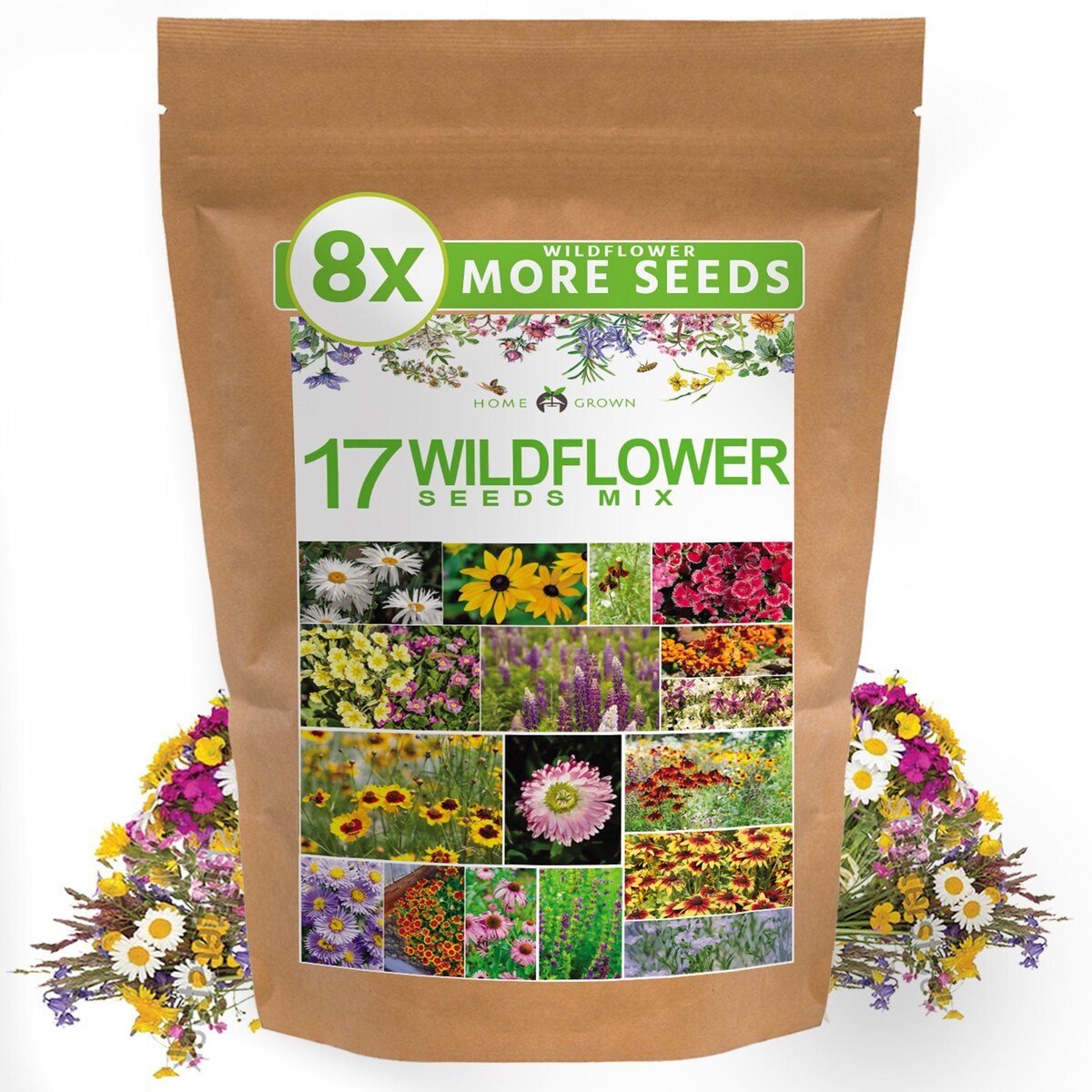
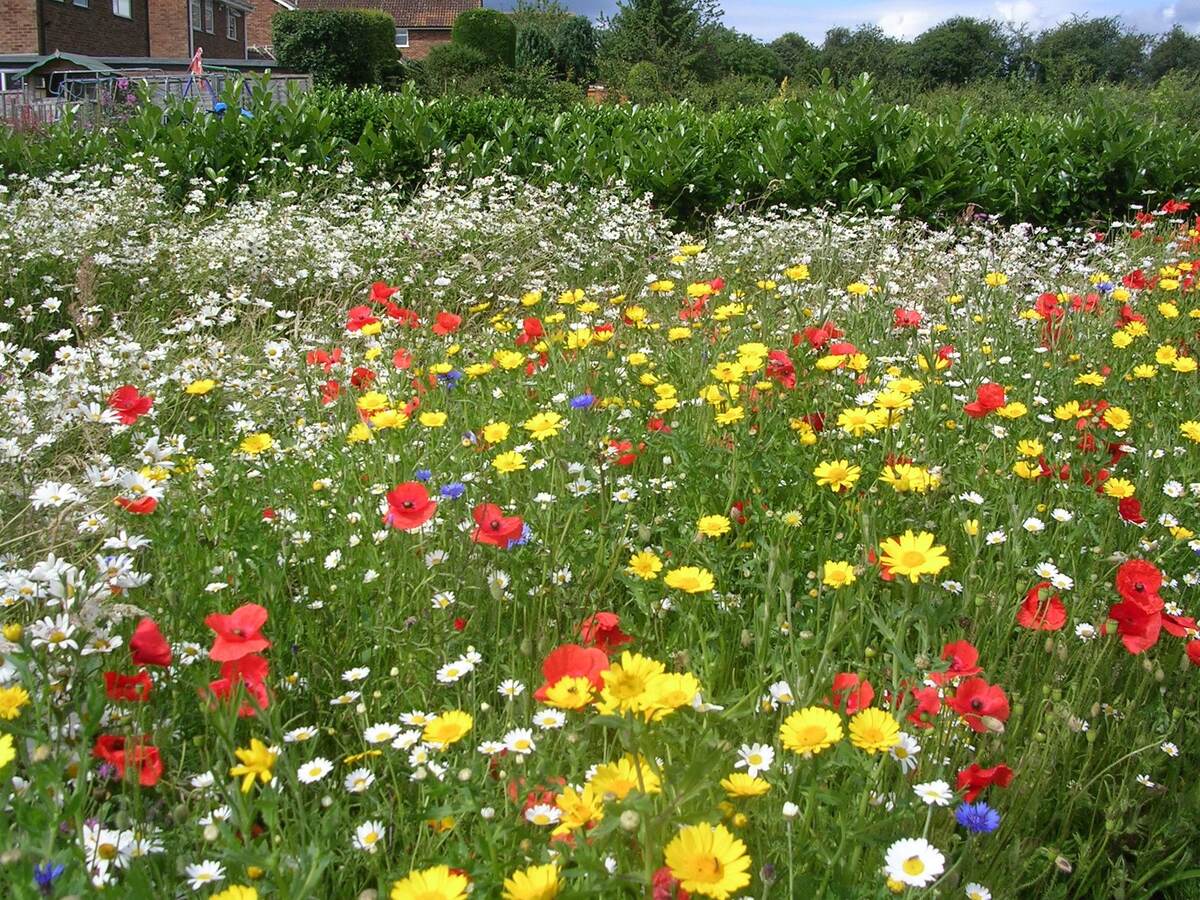
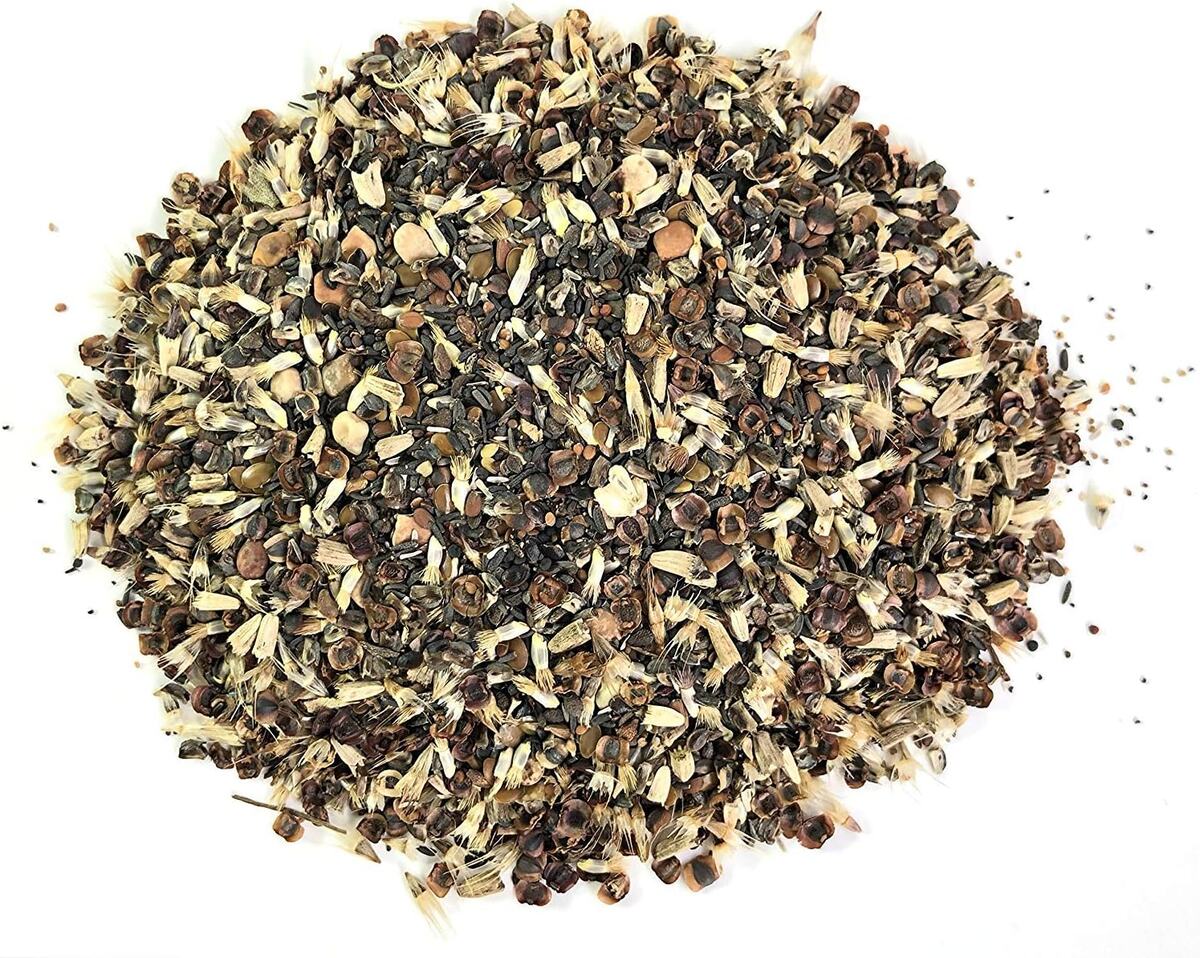
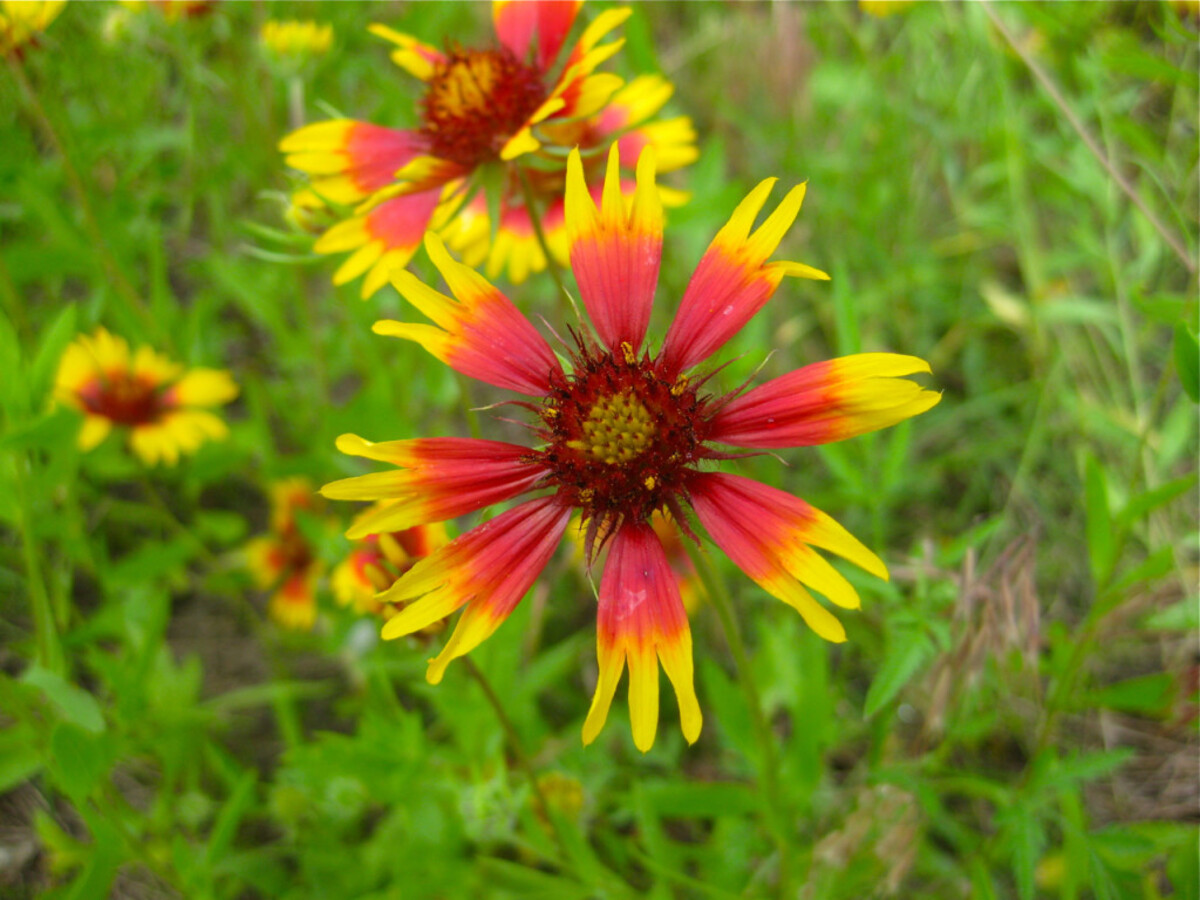
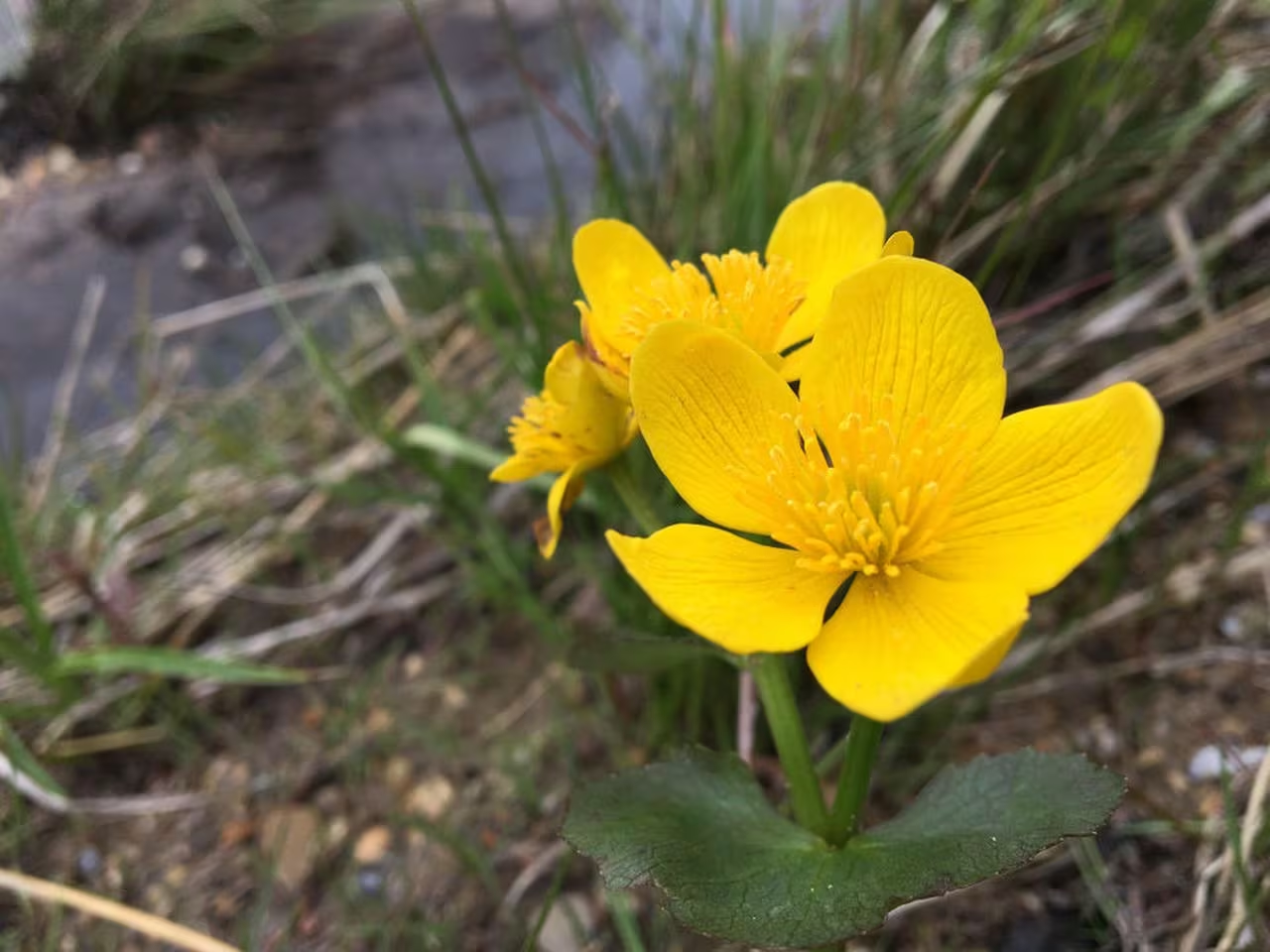
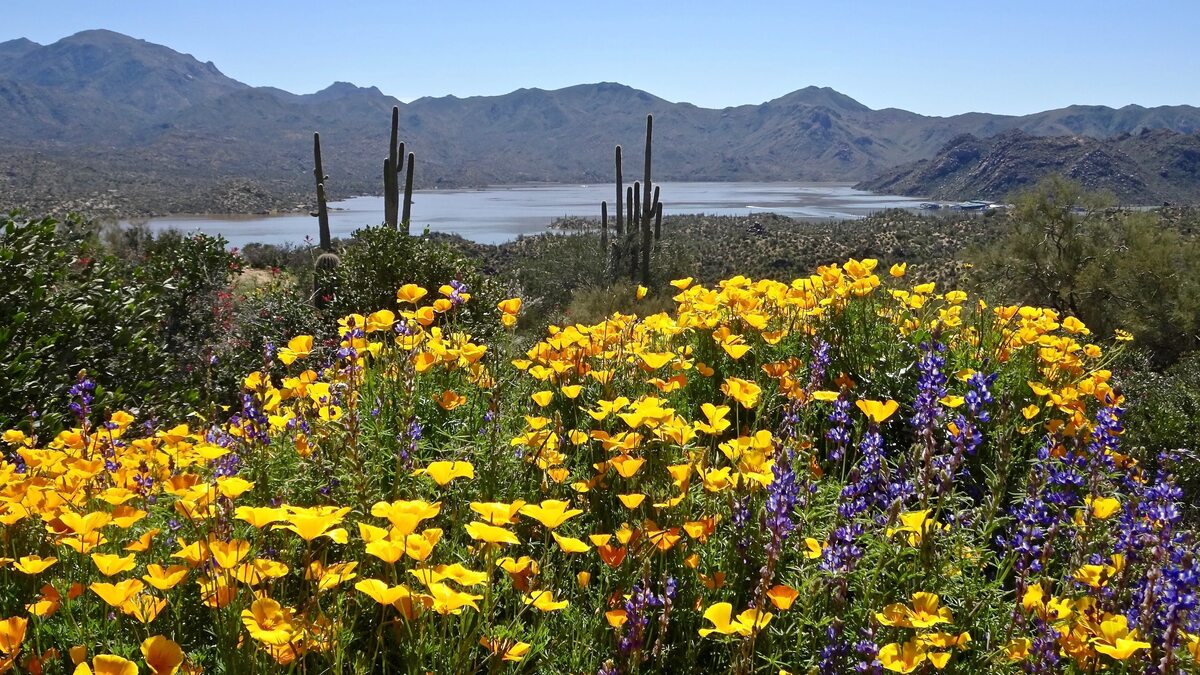
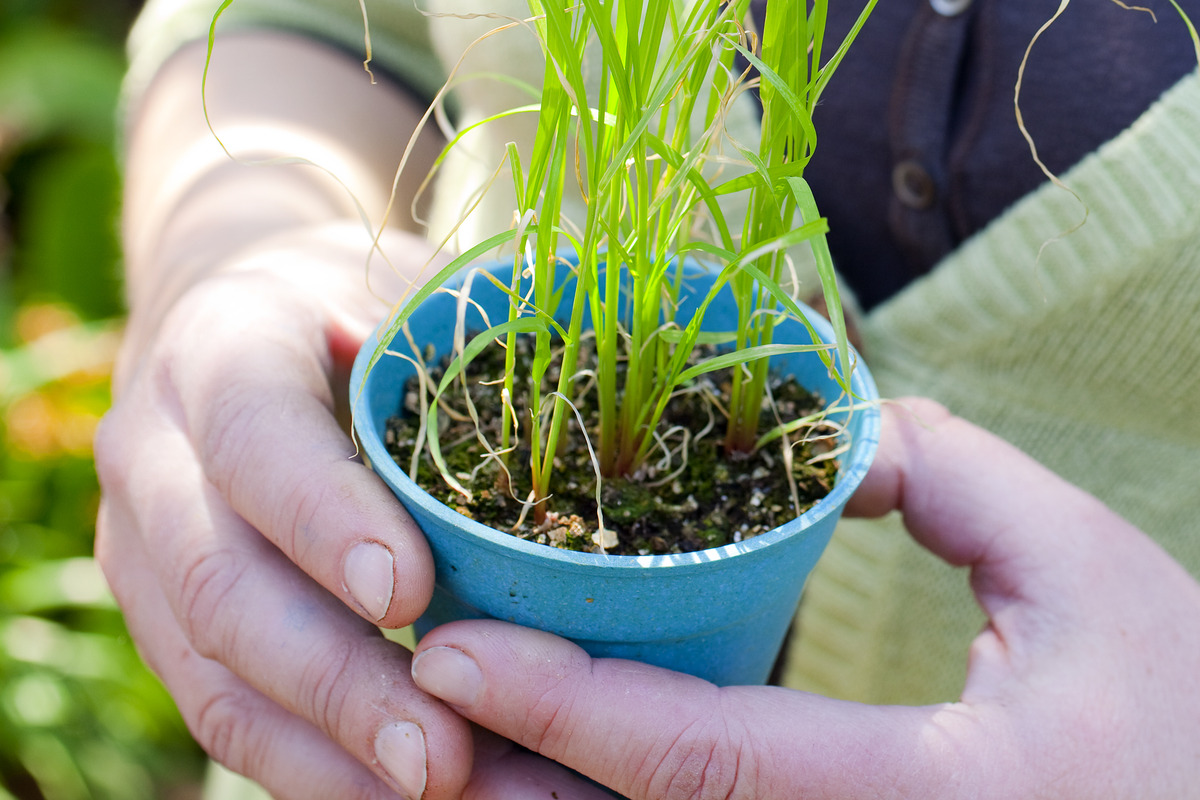
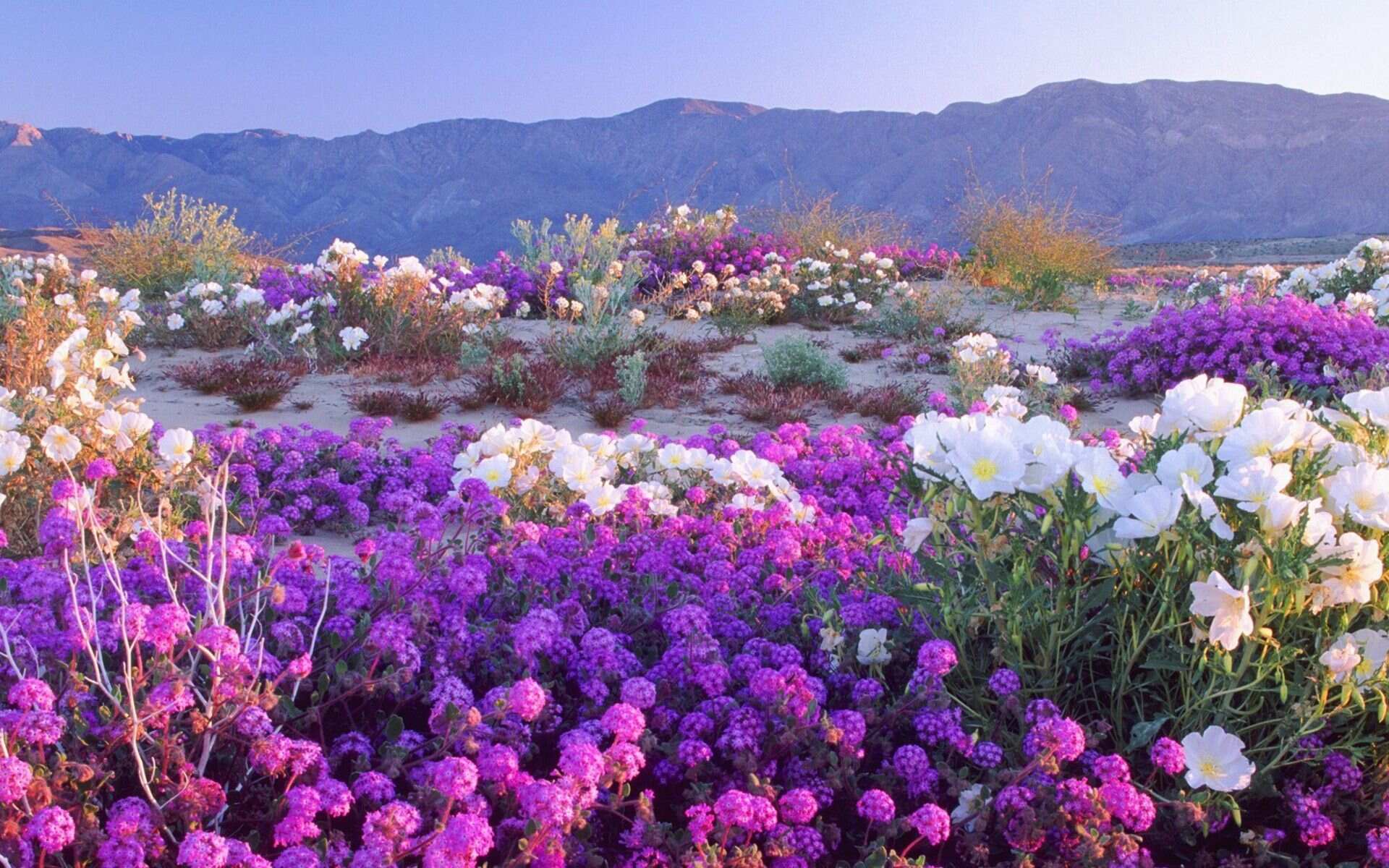
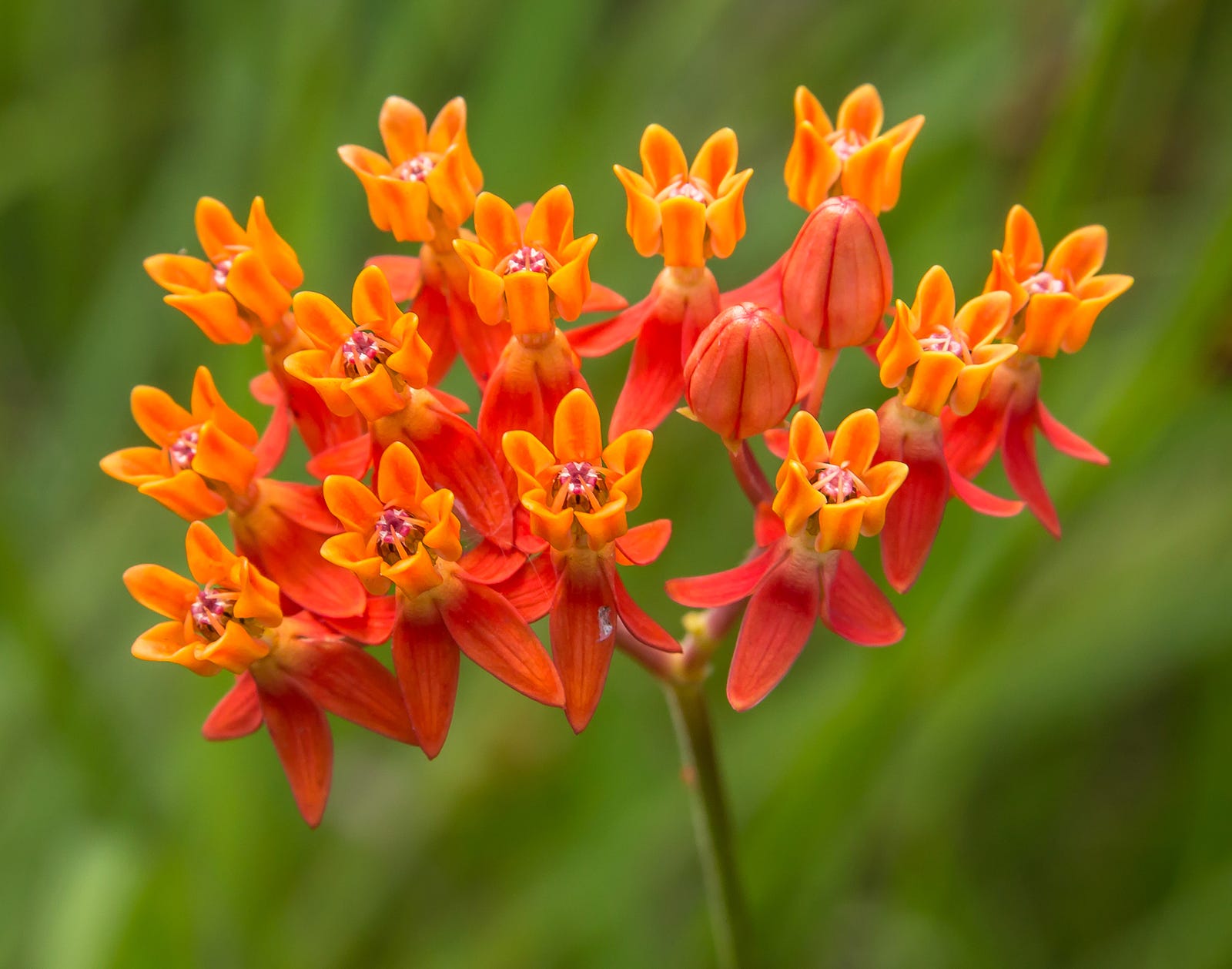
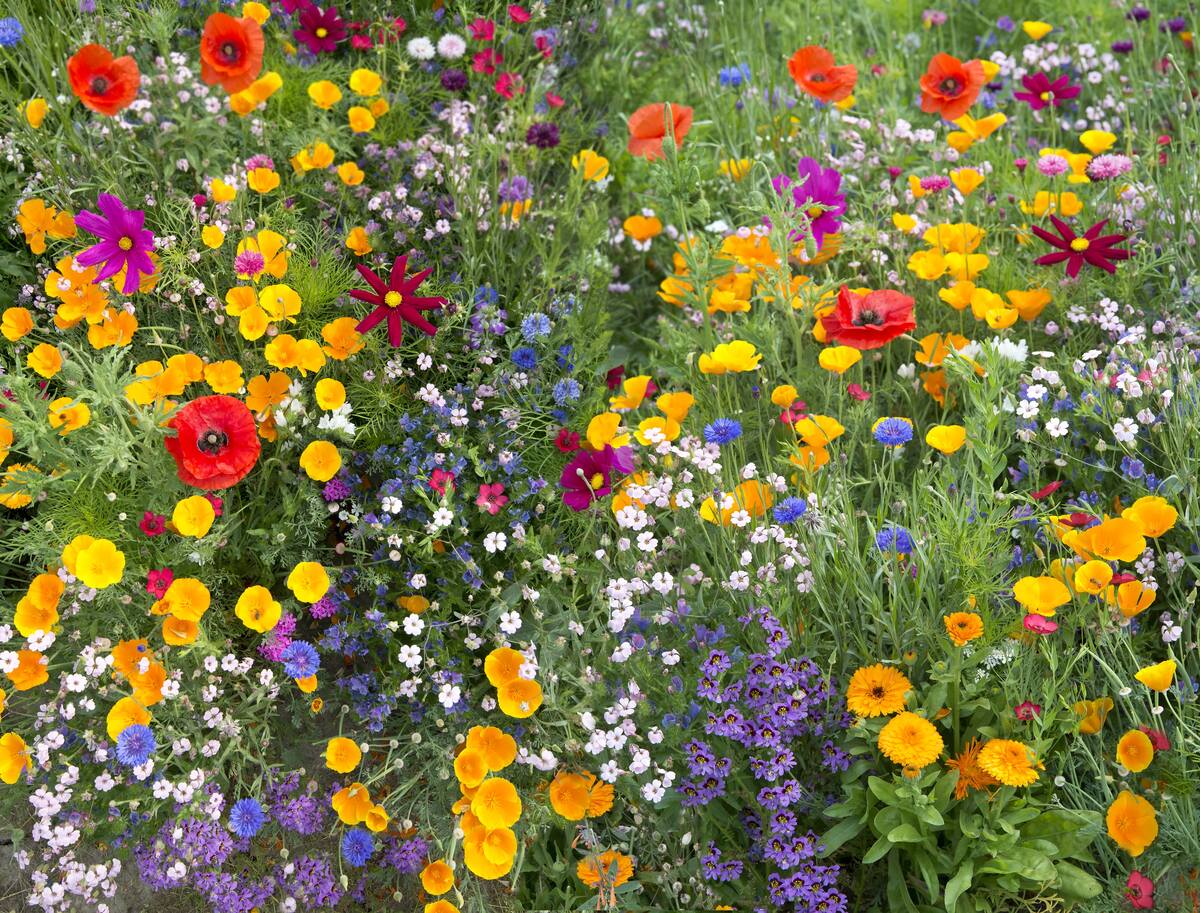
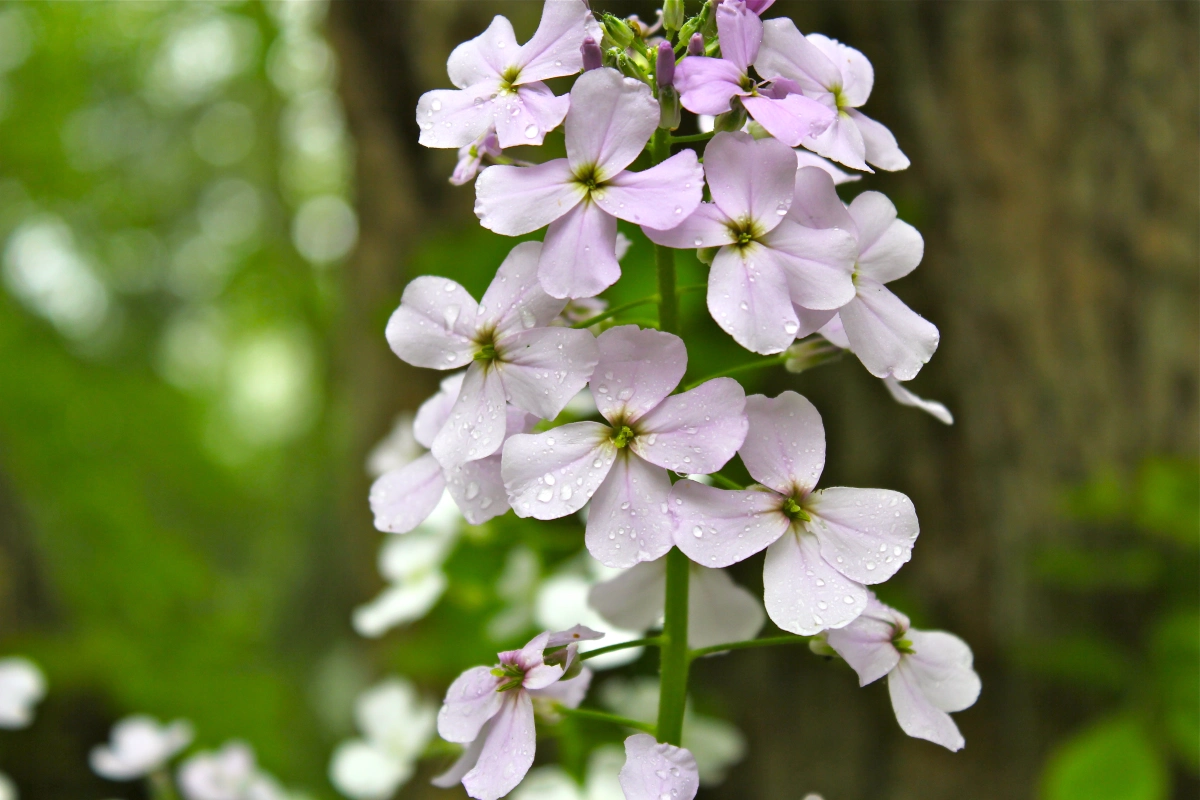
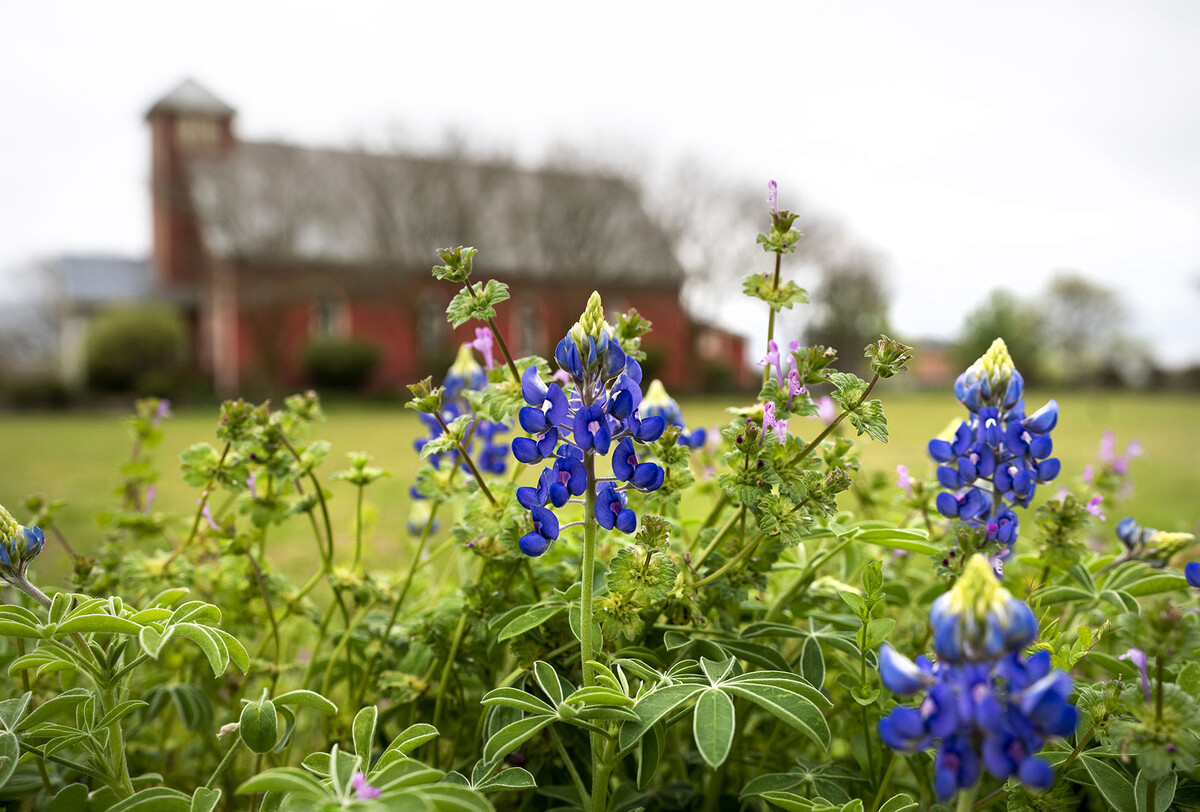
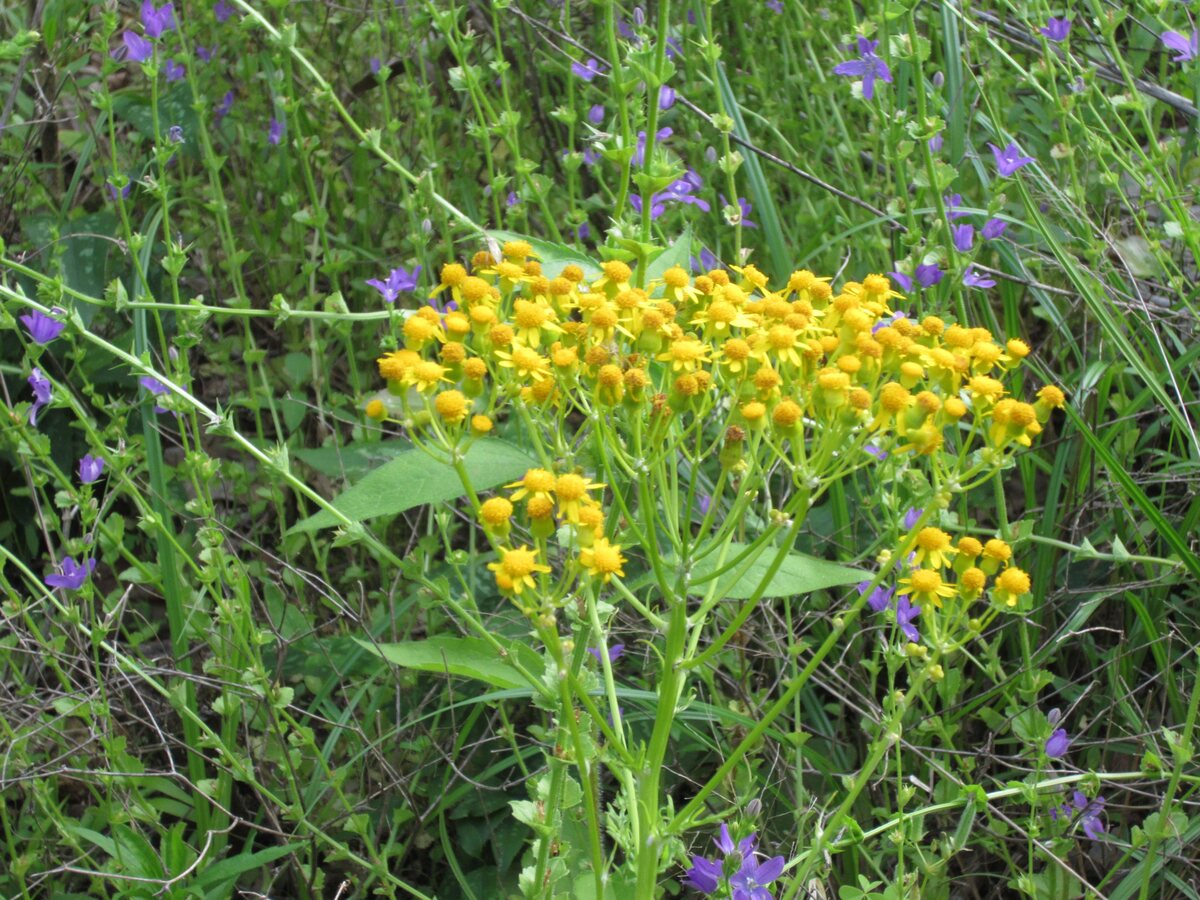
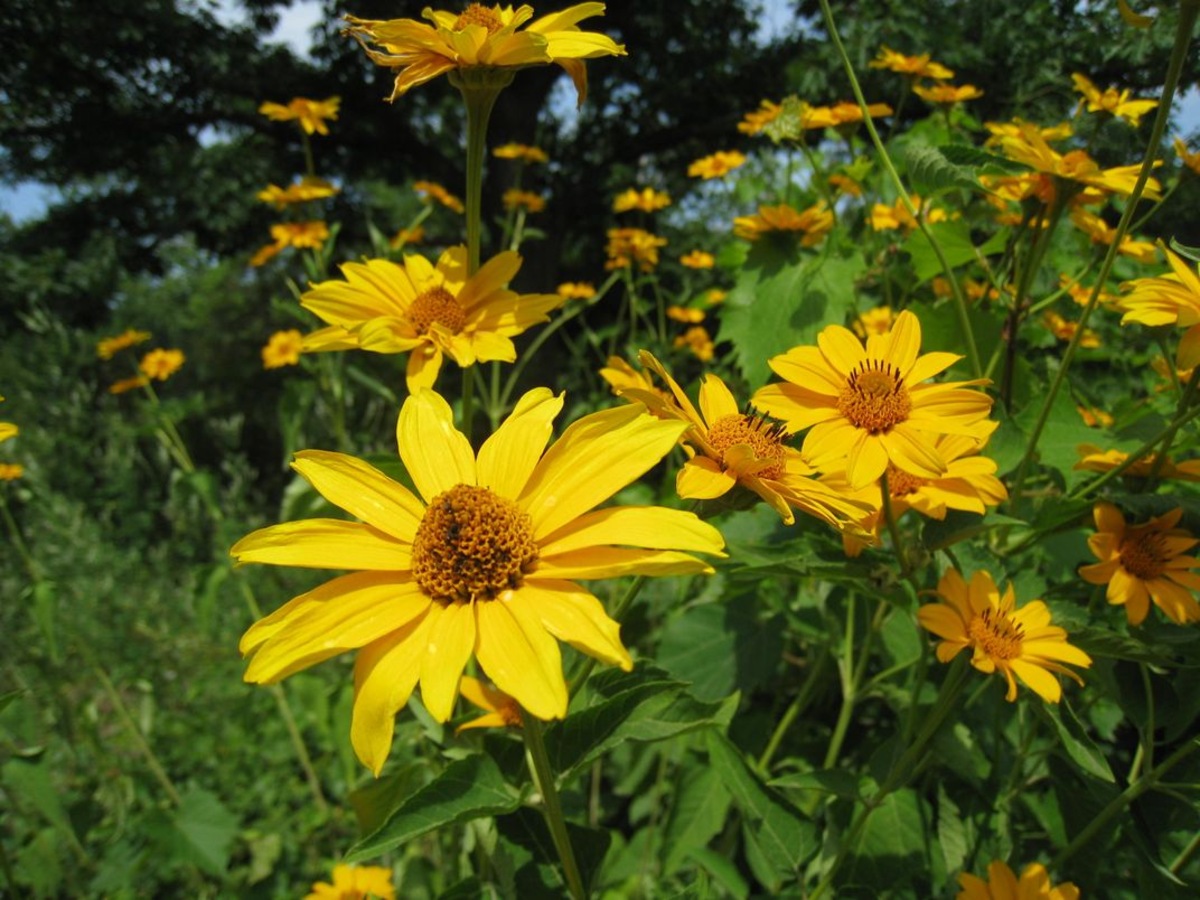

0 thoughts on “When To Plant Northeastern Wildflower Mix”